Discover the surprising truth behind China’s time zone. In this detailed guide, we’ll explain why this massive country only uses one time zone, how it affects daily life, and what travelers need to know before visiting China. Get ready for some fascinating insights that will change how you think about global timekeeping!
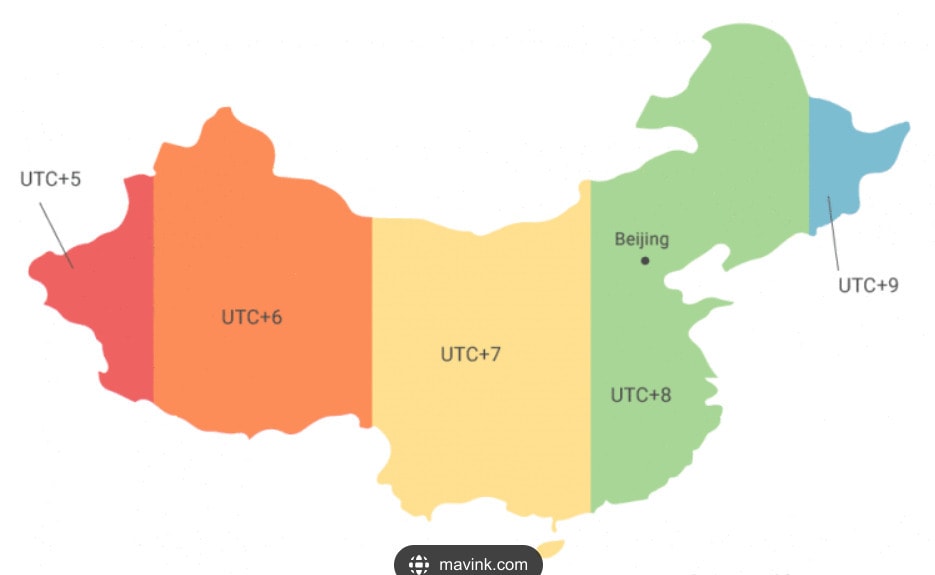
The Great Time Zone Mystery: What Time Zone is China In?
When you look at a map, it’s easy to notice how vast China is. Stretching over 5,000 kilometers (3,100 miles) from east to west, it spans about the same geographical width as the United States, which has six different time zones. Yet, here’s the mind-boggling part: China, in all its vastness, operates under one single time zone.
Yes, you read that right. The whole country—whether you’re in bustling Beijing, tech-savvy Shenzhen, or far-west Xinjiang—follows Beijing Time (GMT+8). But why? And how does that impact a traveler’s experience? Let’s dive into the story behind China’s unified clock.
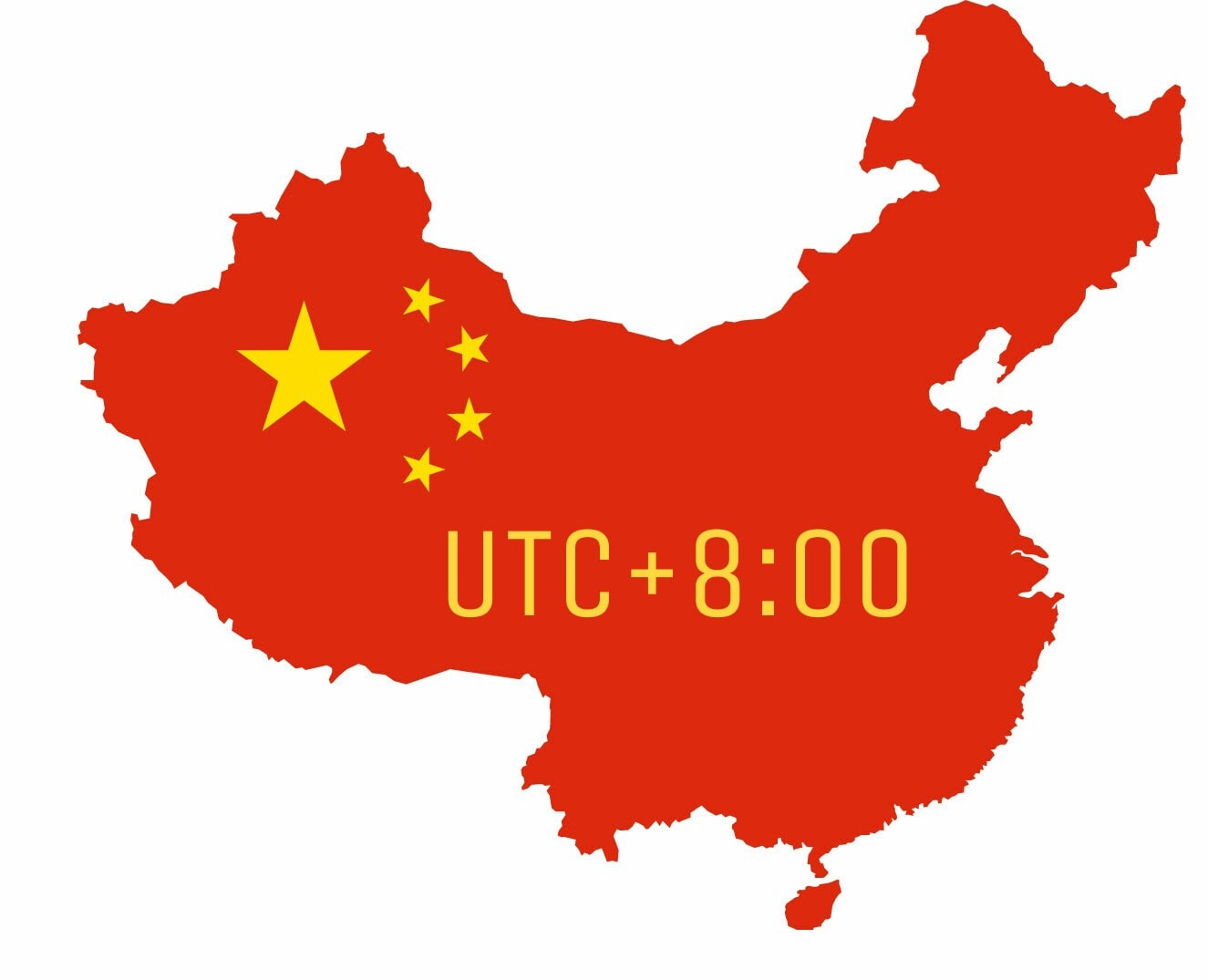
The Historical Decision Behind China’s Single Time Zone
Before 1949, China had five official time zones, which made sense for such a geographically large country. However, after the founding of the People’s Republic of China, a decision was made to unite the entire nation under Beijing Standard Time.
Why? The answer lies in both political and practical reasons. The leadership wanted to create a stronger sense of national unity, making Beijing the symbolic center of the country—not just politically, but temporally as well. And thus, in a bold move that defied geographical logic, China condensed its timekeeping into a single, standardized time zone.

But that doesn’t mean life in China operates the same way across all regions.
How Does This Affect Daily Life in China?
Imagine this: It’s 7 AM in Beijing, and the city is already alive with morning commuters. At the same time, over in Kashgar, located in the far west, the sun hasn’t even risen yet. It’s pitch dark, but officially, the clocks show the same time as in Beijing.
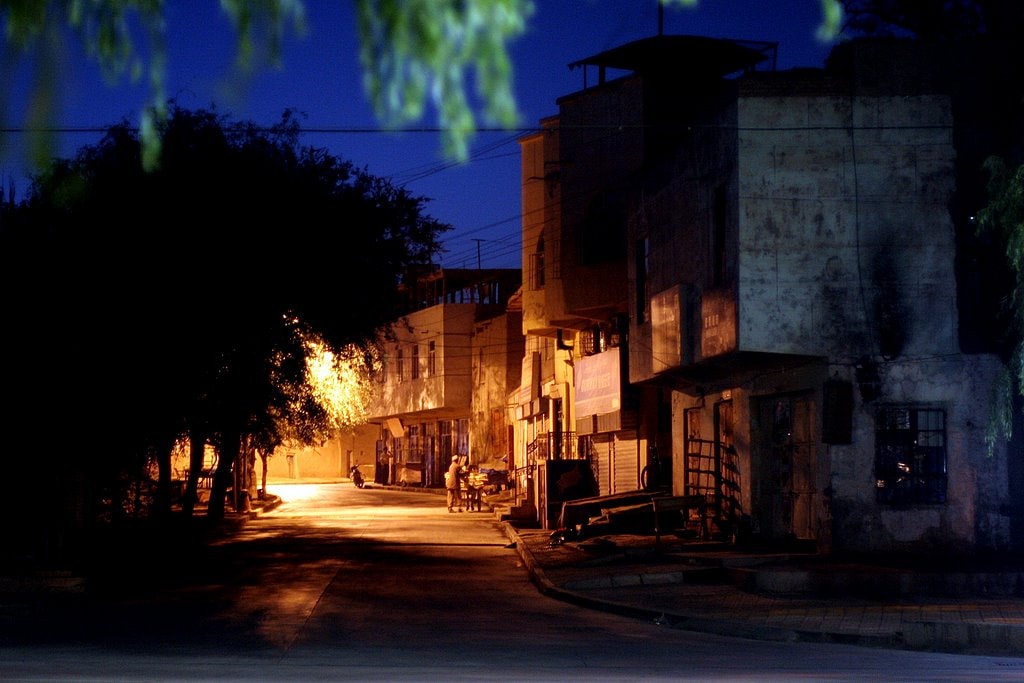
This single time zone means that while businesses in Beijing might open at 9 AM, in western China, it can feel like opening the shop at dawn. Locals in regions like Xinjiang often adjust their day-to-day activities informally. Stores and restaurants might operate on what is sometimes referred to as “local time,” ignoring the official Beijing Standard Time to better match their natural daylight hours.
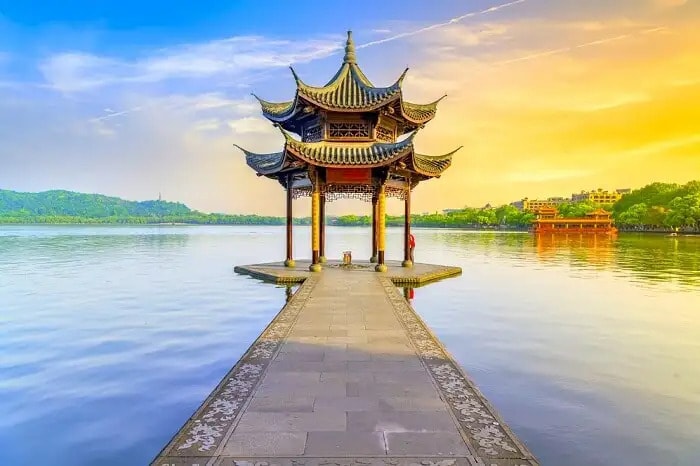
For travelers, this can get a bit tricky if you’re not aware of the informal time adjustments people make in western China. Don’t be surprised if your hotel receptionist in Xinjiang mentions an earlier or later opening time than what’s written on the door!
What Travelers Need to Know: Practical Tips
Now, what does this mean for you as a traveler? Here are some essential things to keep in mind:
- Plan Your Activities Around Local Rhythms: When you’re traveling through China, especially in the far western regions like Xinjiang or Tibet, you’ll quickly realize that the “official time” doesn’t always match the rhythm of daily life. For instance, in Kashgar, it may still feel like early morning even though it’s officially lunchtime. Plan accordingly—especially when booking transportation or tours.
- Business Hours May Vary: Most businesses across China follow Beijing Standard Time for consistency, but in the west, local shops and businesses might open or close based on the natural daylight. Always double-check opening hours, especially if you’re traveling outside major metropolitan areas.
- Daylight Discrepancies: In western regions like Urumqi or Lhasa, you’ll notice the sun rises and sets much later compared to eastern cities. This can actually be a bonus if you’re a traveler who enjoys late-night exploration!
- Public Transportation: All trains, flights, and public transportation across China adhere strictly to Beijing Time. So, even if the sun feels like it’s about to set where you are, your train schedule will still operate according to the national standard. Keep an eye on your watch!
Why Doesn’t China Just Have Multiple Time Zones?
You might be thinking, “Why doesn’t China just revert to having multiple time zones like before?” It’s a valid question. In fact, some argue that having different time zones would make life easier in the western regions of the country. However, the government’s preference for a unified time zone is tied to promoting national unity and avoiding regional differences that might emphasize China’s geographical divisions. It’s about keeping everyone on the same clock, even if reality doesn’t always line up.
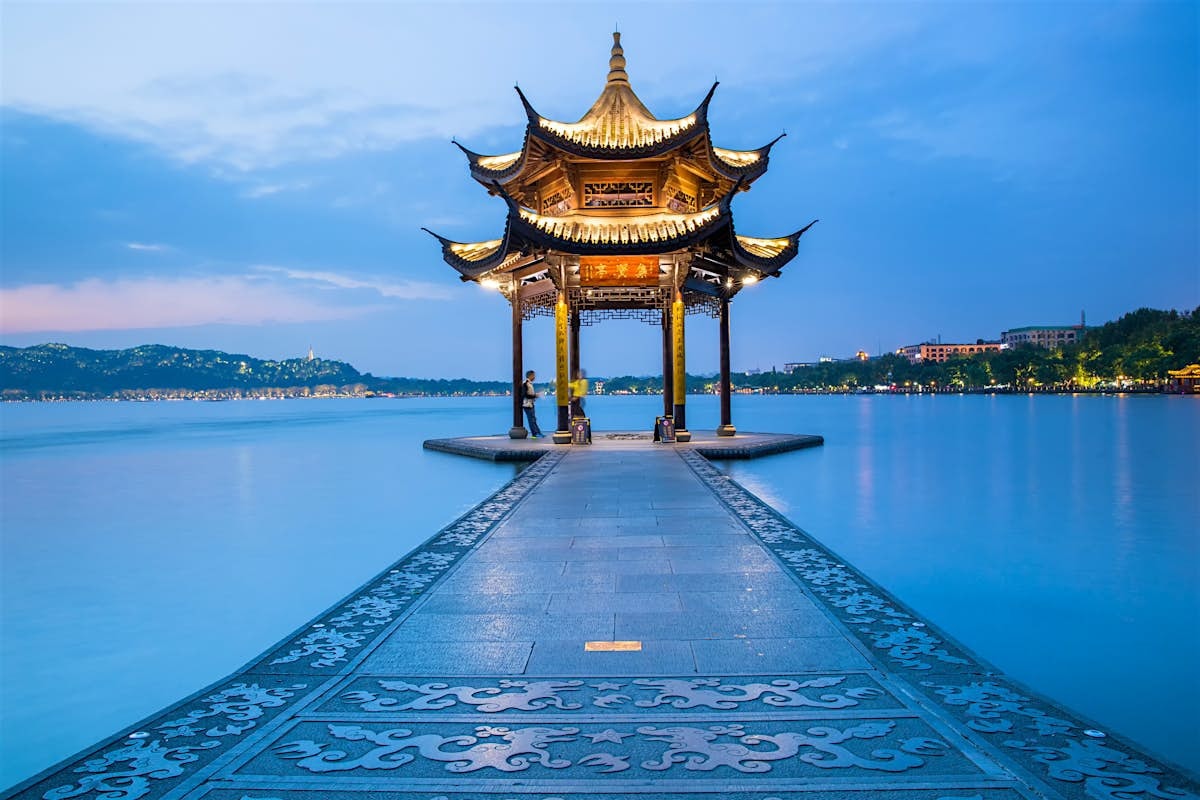
The World’s Other Unique Time Zones
China isn’t the only country that bends the rules of timekeeping. For example, India also uses one time zone (IST – Indian Standard Time), despite its large size. And some places, like Nepal, even use a time zone offset by 45 minutes. However, TravelersNetwork believes China stands out because of the stark geographical differences it encompasses, making it a fascinating case of how time, politics, and geography intersect.
The Time Zone Puzzle of China
China’s approach to timekeeping is a unique blend of practicality, politics, and a desire for unity. For travelers, it’s a quirky but important aspect to understand, especially when navigating the far-flung regions of this incredible country. Whether you’re enjoying the neon lights of Shanghai or trekking the desert plains of Turpan, remember: it’s all the same time—on the clock, at least.
So, next time someone asks you, “How many time zones does China have?” you’ll know the intriguing truth: One time zone, but a world of difference!
By TravelersNetwork, bringing you insights from around the globe—one time zone at a time!

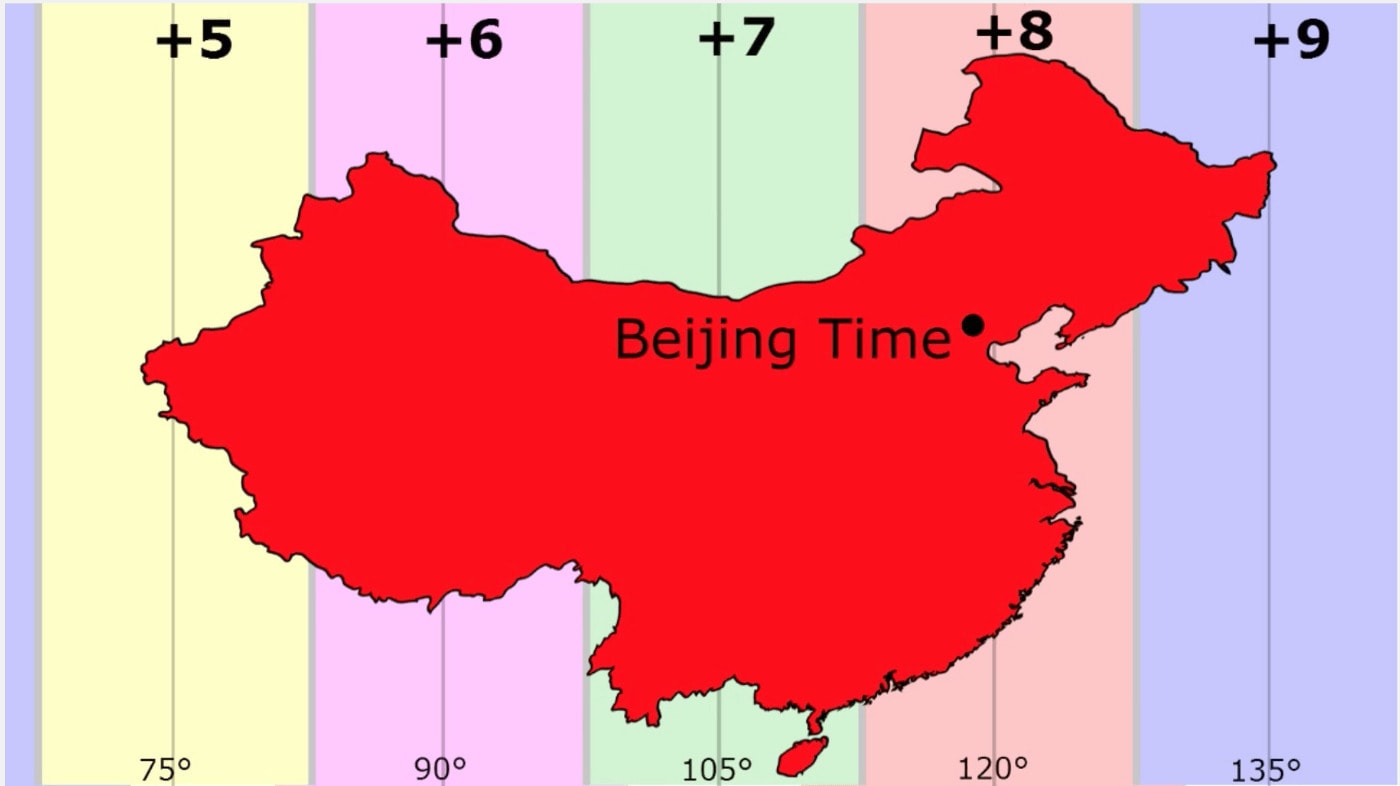



Leave a Reply